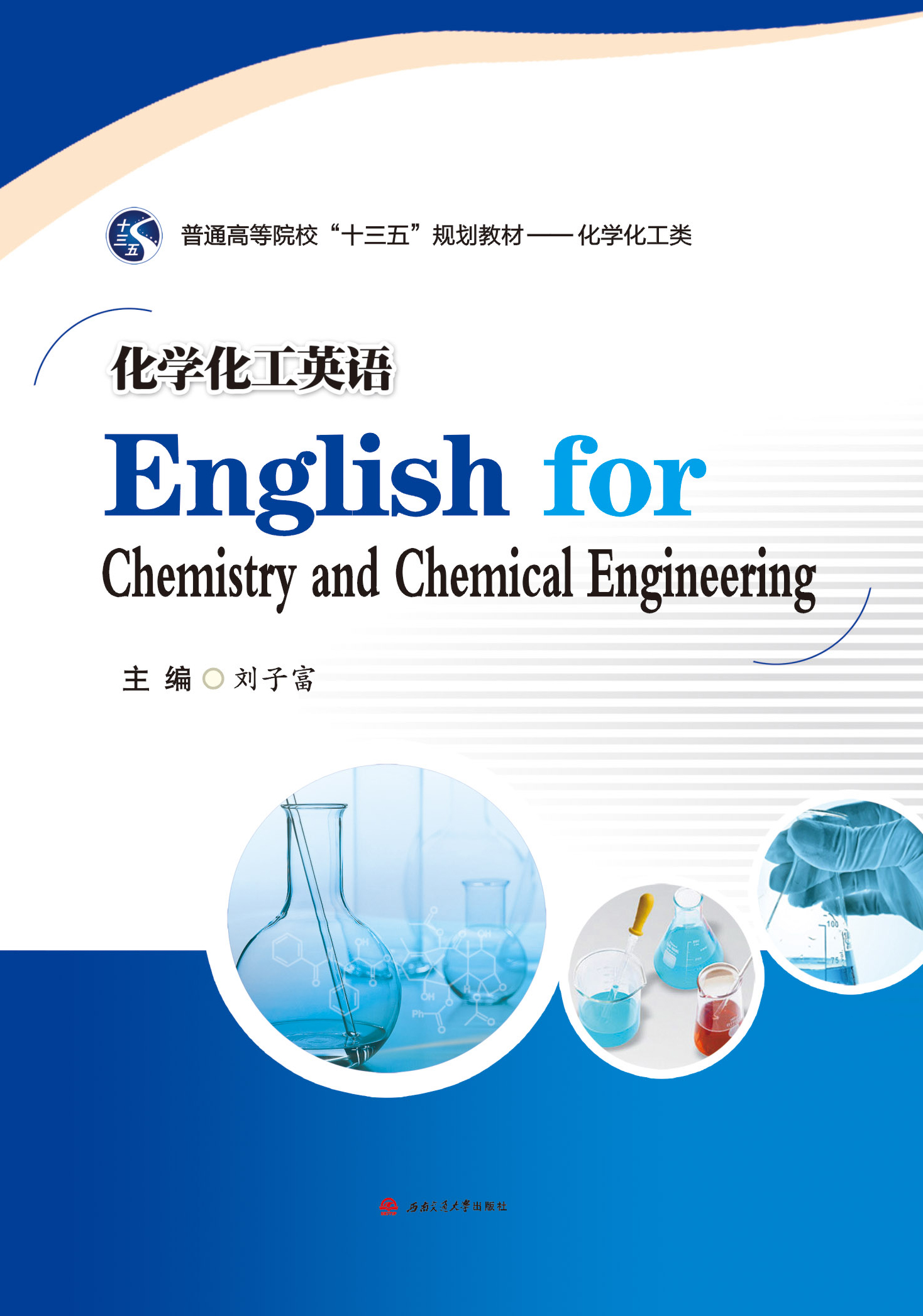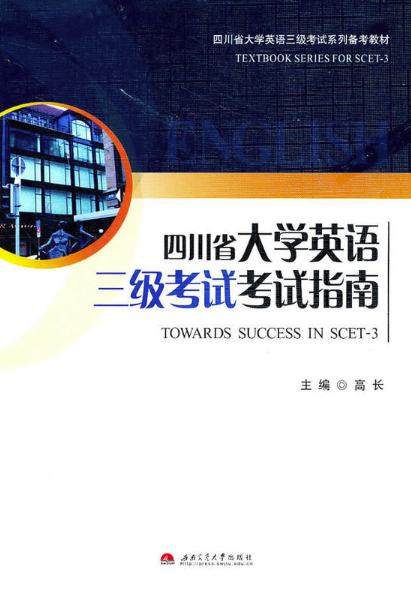-
 报关与国际物流英语
报关与国际物流英语作者:倪华
本书以报关和物流工作的实际运作程序为基础进行编写,对报关前期、中期和后续阶段,以及货物的运输、仓储等相关知识进行了全面介绍。
本书共分为两个部分——报关英语与国际物流英语。报关英语包括六个单元,分别对海关概述、商品分类、海关监管、关税、货物申报程序、结关及报关单据等相关流程及操作进行了较为详尽的介绍。国际物流英语包括物流概述、运输、供应链管理、包装与材料管理、库存与仓储管理、物流单证与票据等六个单元。在这十二个单元中,每个单元又根据内容分为若干小节,各章节之间保持紧密联系和有机衔接。 -
 化学化工英语
化学化工英语作者:刘子富
本教材是普通高等本科院校化学化工类专业英语教材;内容包括化学化工的发展简史、化学化工类专业相关基本概念、化学反应方面的基本理论、影响化学反应的基本因素、常用化学实验仪器设备的名称和基本功能、常用化学实验技巧等;另外,本书还通过介绍化学和化工领域的名家、欧美知名高校化学化工类专业的发展,为化学化工类学生提供更为实用的指导,充分体现了《大学英语教学指南》中“服务专业”的指导思想。本书也可为英语爱好者提供基本的化学化工类英语基础知识。
-
 四川省大学英语三级考试考试指南
四川省大学英语三级考试考试指南作者:高长
本书是“四川省大学英语三级考试”的应试指导书,全书分为6部分:听力、语法结构与词汇、阅读理解、英译汉、短文写作和真题实战训练。前五个部分都是在分析考试大纲和理念真题的基础上,有针对性地介绍提高相关英语能力的技巧,同时,每章末都附有练习题和答案。
图书分类
Book classification- 本教材以成都市城市轨道交通建设为主、其他城市为辅进行编写,以使本地学生能在日常熟悉的生活场景中更好地学习与运用城市轨道交通相关知识。同时,对其他城市的老师来说,也可参考本教材的情景框架,结合所在城市的具体情况,予以内容上的调整和替换。本教材由两个部分组成。第一部分为地铁。包括Inquiry, Ticket Service, Subway Security,&...查看更多
- 前言// PREFACE
近年来,随着世界范围内人口向城市集中、城市化步伐加快,城市轨道交通专业成了热门专业,对人才的大量需求促进了专业本身的发展。2013年,北京国际城市轨道交通建设运营及装备展览会的举行,标志着中国已经进入城市轨道交通快速发展期。“高铁外交”正把中国高铁推向国际市场,在此背景下,新兴的城市轨道交通行业需借鉴各国的先进技术,如此培养出来的轨道交通人才的输出也会提...查看更多
- Urban Rail Transit in China
Urban rail transit in the People’s Republic of China encompasses a broad range of&n...查看更多
-
目录// CONTENTS
Part One Subway
Unit One Inquiry 2
Unit Two Ticket Service 17
Unit Three Subway Security 33
Unit Four Taking t...查看更多 - 刘娟,女,西南交通大学希望学院副教授,从事高校教育工作13年。任职以来,公开发表学术论文9篇,主持课题2个;编写论著1本、教材6本。主要研究方向:外语教学与研究和翻译。





